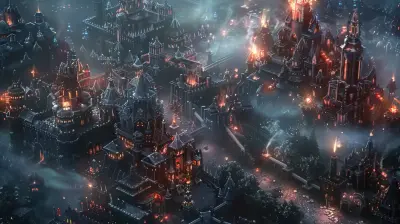Why PlayStation's Photo Mode is Changing the Way We Play
16 June 2025
Let’s be honest — gaming isn’t just about grinding levels, defeating bosses, or stacking up trophies anymore. Sure, those are still a huge part of why we play. But in recent years, something else has been quietly becoming a major player in our gaming experiences: Photo Mode.
It started off as a fun little side feature, just a way to mess around with cool screenshots. Today? It’s transforming how we interact with our favorite PlayStation titles — and honestly, how we feel about them, too.
So, what’s the deal with PlayStation’s Photo Mode? And why is it suddenly such a game-changer (pun fully intended)? Let’s dive into it.
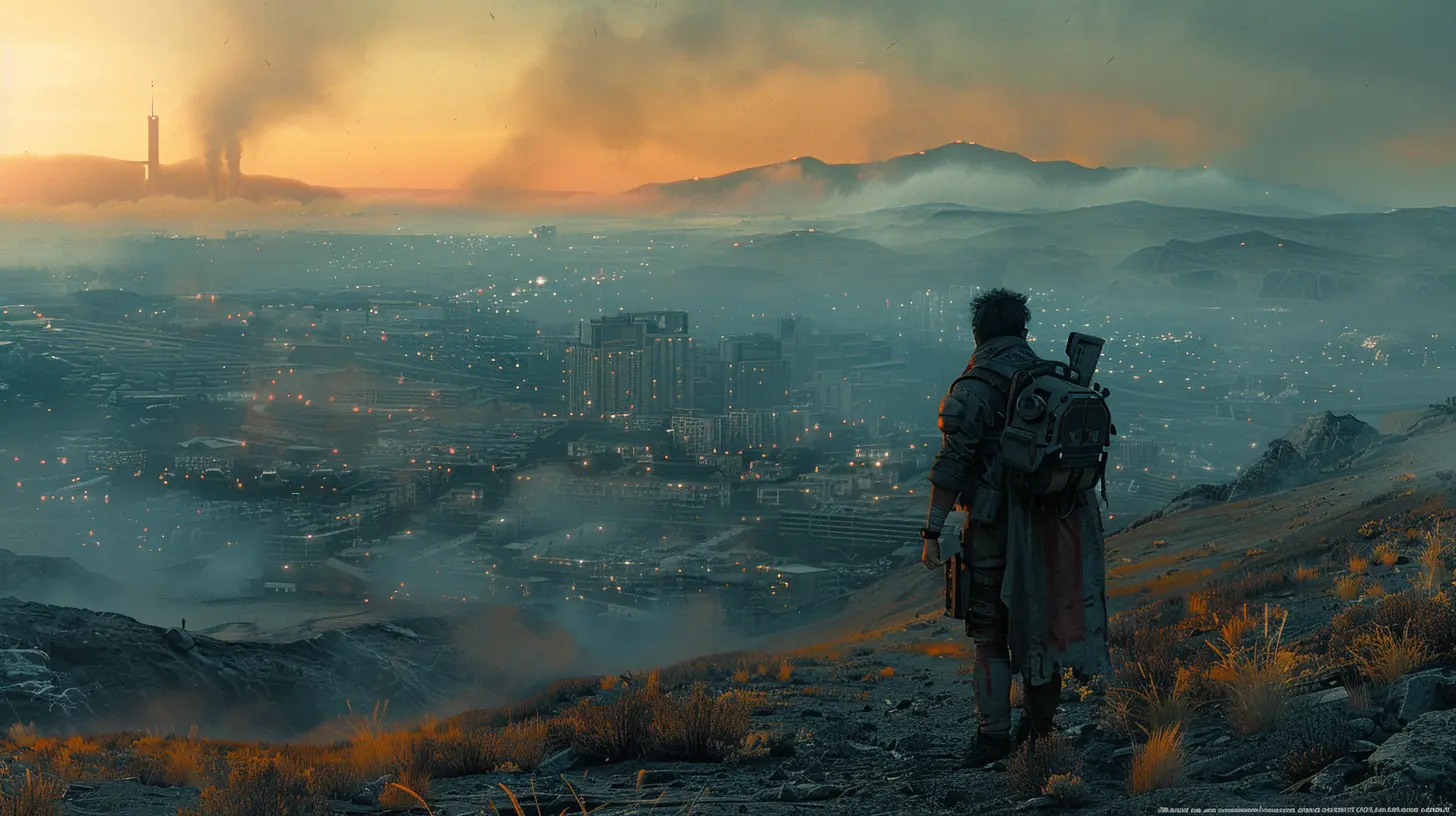
Photo Mode: Not Just for the Artsy Crowd
At first glance, Photo Mode might seem like a gimmick — a tool for the creative types, right? People who want to capture action shots or document their in-game fashion choices.But here’s the twist: it’s not just for the artsy crowd anymore.
Photo Mode has evolved into something more meaningful. It’s becoming a form of storytelling, a personal diary, and even a way to slow down and really appreciate the worlds developers work so hard to build. And PlayStation is leading the charge.
Games like The Last of Us Part II, Ghost of Tsushima, Spider-Man: Miles Morales, and Horizon Forbidden West have elevated this feature to a whole new level — making Photo Mode feel like a core part of the experience, rather than just an extra tool on the side.
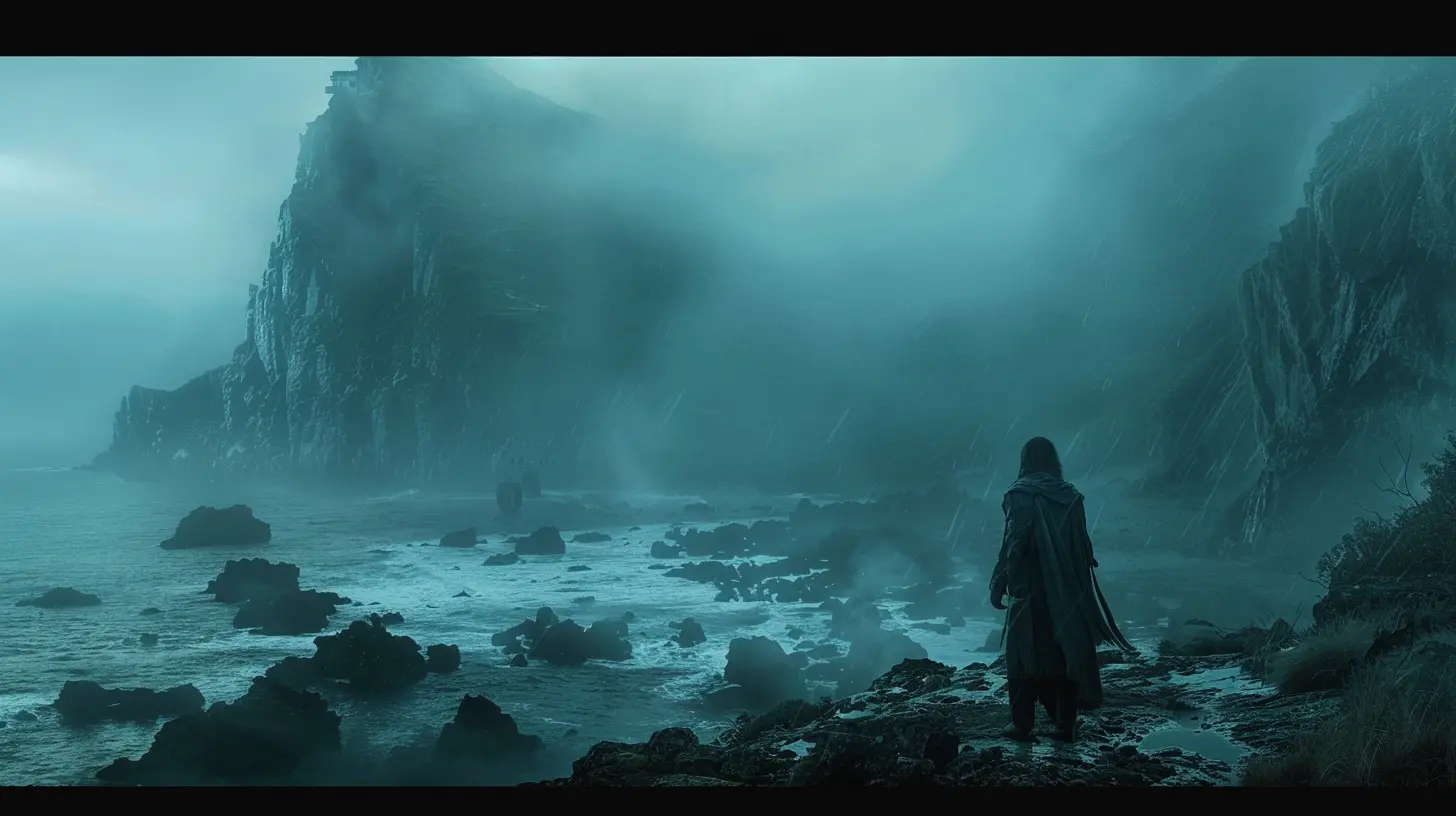
Capturing Moments, Not Just Missions
In most games, we’re trained to run from objective to objective. Finish the mission. Move on. Don’t waste time.But Photo Mode? It flips that mindset on its head.
You’re encouraged to stop. To breathe. To look around. And that’s when the magic happens. Whether it’s catching the glint of sunlight filtering through Ashina Castle or snapping a mid-air backflip in Spider-Man, you're not just capturing pixels — you’re capturing moments.
It’s like turning your game into your personal travel journal. Only instead of selfies on a beach, it’s your warrior standing on a cliff during a thunderstorm. You remember where you were, what you were doing in the game, and how that moment felt. It’s powerful stuff.
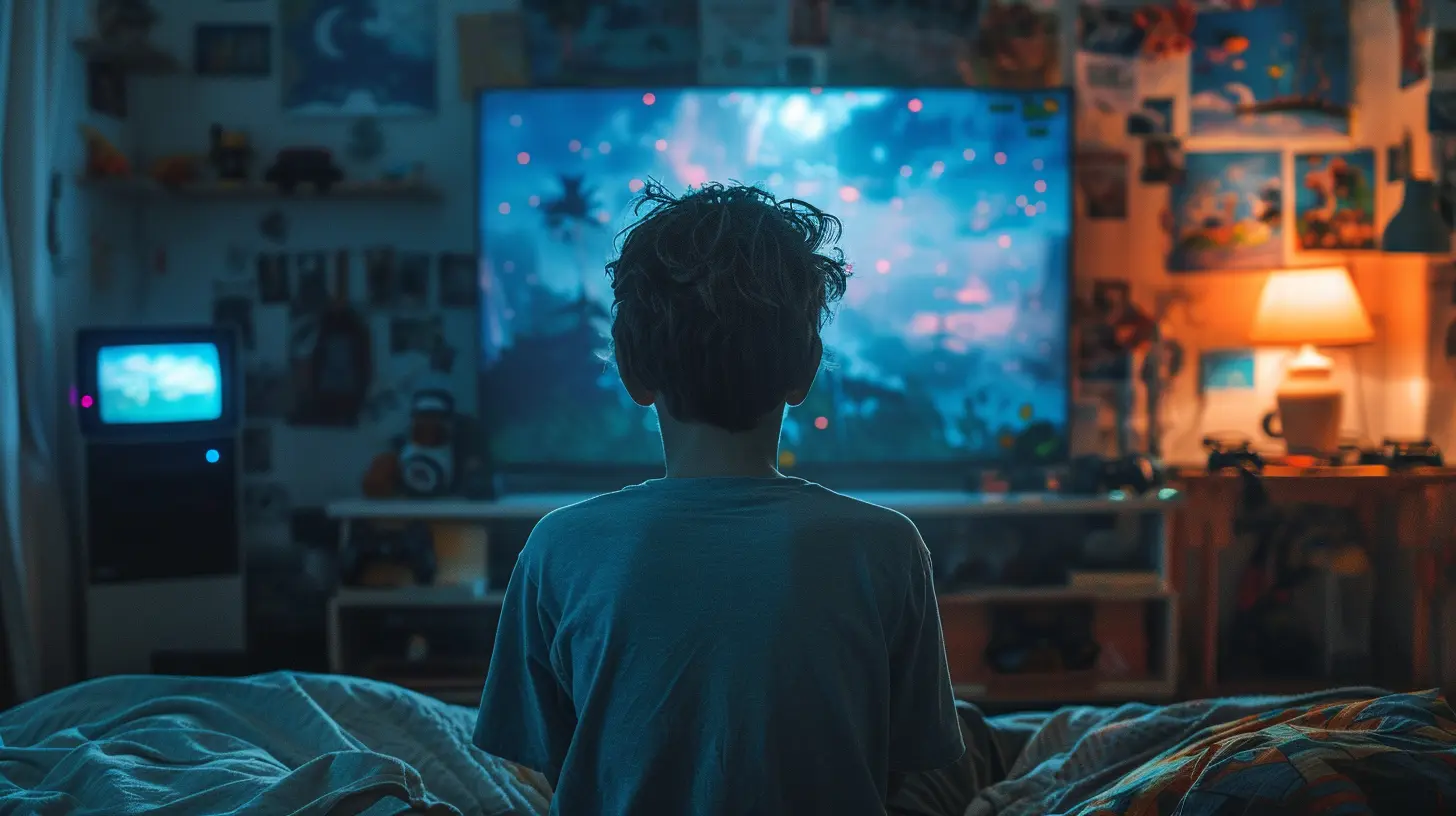
A Tool for Storytellers
Here’s a hot take: gamers are storytellers in disguise.Think about it. Every time you finish a game, what do you do? You talk about your experience. You share your favorite missions, that insane boss fight, or that emotional cutscene. Now imagine being able to show those moments — in stunning, cinematic detail.
That’s what Photo Mode lets you do. It gives you the camera and lets you direct the scene. You choose the angle, the filters, the depth of field. You become the storyteller.
Some gamers even use Photo Mode as a platform. Entire Instagram accounts, websites, and YouTube videos are dedicated to in-game photography. We're talking seriously impressive stuff — images that could be mistaken for big-budget movie stills.
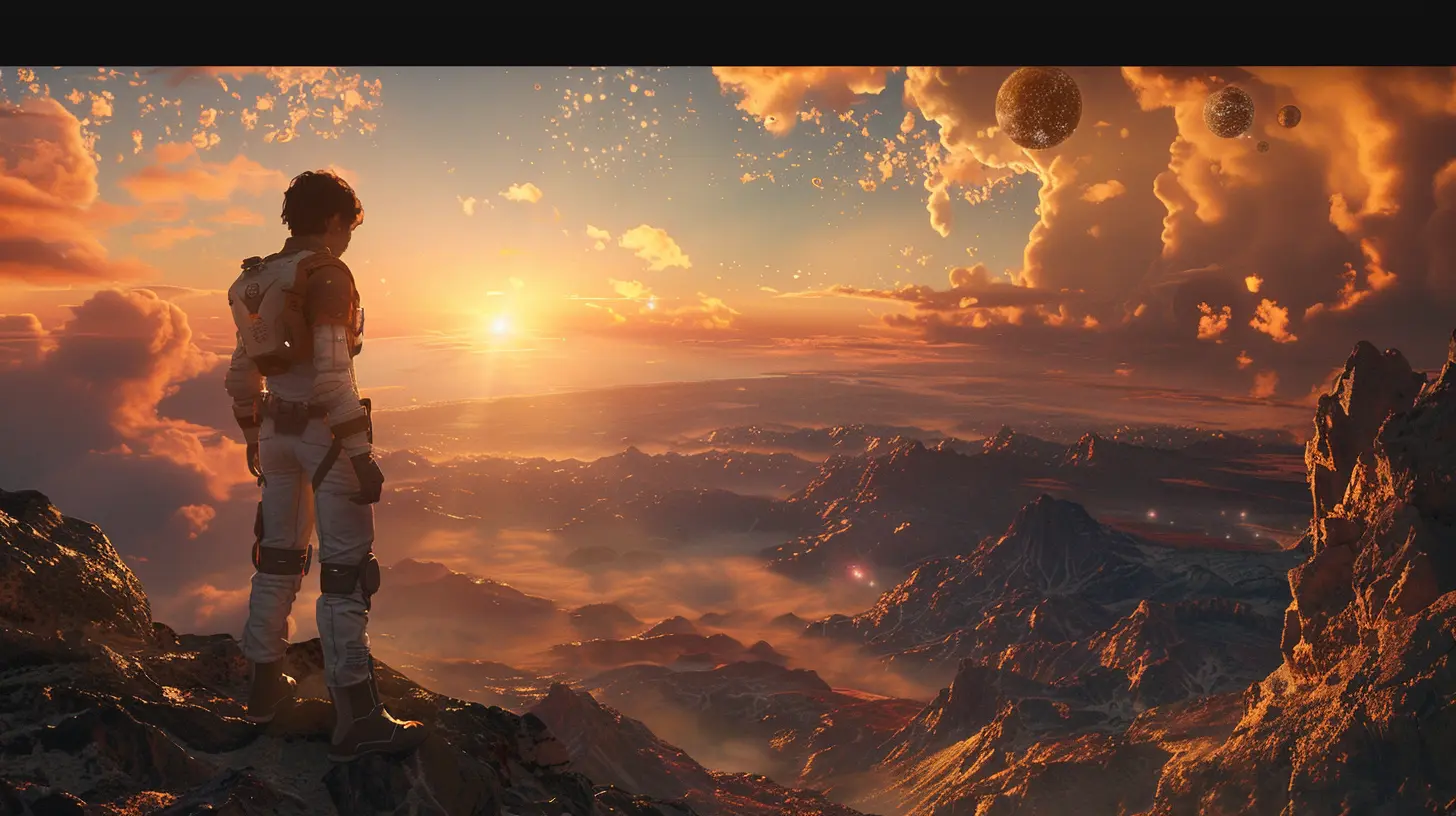
It’s Making Us Better Gamers (Seriously)
Okay, hear me out.Photo Mode might look like a creativity tool on the surface, but it’s also making us better players. Why? Because it makes us look — really look — at what’s happening on screen.
You start paying attention to the details: lighting, timing, positioning. You become hyper-aware of the environment. Suddenly, you’re not just button-mashing through battles; you’re observing, analyzing, and appreciating the craftsmanship layered into every frame.
It’s like the difference between eating fast food and savoring a home-cooked meal. Photo Mode forces you to slow down, notice the flavors, and enjoy the ride.
A Deep Dive into PlayStation’s Best Photo Modes
Let’s get specific. If you’ve messed around with Photo Mode on PlayStation before, you know not all games use it equally. Some titles go all in, turning their Photo Mode into practically a game within a game.Here are a few standout examples:
Ghost of Tsushima
This one’s a fan-favorite, and for good reason. Ghost of Tsushima doesn’t just give you filters and camera angles; it lets you manipulate the environment. You can change the time of day, control the wind direction, and even add in falling leaves or fireflies. The result? Every shot looks like it belongs in a samurai epic.Spider-Man & Miles Morales
Swinging through New York has never looked so good. The Photo Mode in these titles lets you pause mid-air, zoom around freely, and pull off heroic poses that look like they were ripped from a comic book. Plus, you get stickers, frames, and suit toggles to personalize your shots.The Last of Us Part II
You wouldn’t expect a gritty, emotional game to have an incredible Photo Mode — but it does. And it’s intimate. The stills you capture here feel raw and real, highlighting the emotional depth that defines the series.Horizon Forbidden West
The detail in Horizon is jaw-dropping, and Photo Mode gives you the tools to showcase it. From metallic machines to lush jungles and sweeping deserts, it’s a visual playground for photographers.
Community & Culture: The Rise of Virtual Photography
What started as a cool little feature has slowly built something even more impressive — an entire community.Virtual photographers (yep, real thing!) are gaining huge followings on social media. These creators treat their in-game shots like actual photography — composing, editing, posting, and building portfolios. They connect through hashtags like #VirtualPhotography, #PS4Share, and now #PS5Share.
It’s no longer just about playing the game — it's about sharing your vision of the game.
More and more developers are embracing that. They’re adding deeper tools, promoting fan photos on official channels, and even running contests for the best shots. It’s an amazing feedback loop that supports player creativity and celebrates the artistry of game design.
More Than Just a Game Feature
Here’s where things get a little philosophical.Photo Mode is doing more than giving us pretty pictures — it’s reshaping how we experience games. It’s emotional. It’s contemplative. At times, it’s even meditative.
It hits differently when you pause to frame a moment. When you pick just the right filter to match the mood. When you later scroll through those images and remember what you were doing in-game that day.
Gaming isn’t just a sprint to the finish line anymore. It’s a journey. And Photo Mode helps you capture that journey — not because you have to, but because it feels good to.
Where Photo Mode Could Go Next
With the power of the PS5 and the innovation of modern game developers, Photo Mode is on the brink of something even bigger.Imagine AI-assisted camera tools that recommend the best angles. Or sound syncing, where your in-game music matches the mood of your screenshots. Maybe even AR/VR compatibility to walk through your galleries in a virtual museum built from your own gaming memories.
As games grow more cinematic and visually detailed, the possibilities are endless. Photo Mode isn’t slowing down — it’s just getting warmed up.
Some Quick Tips for Better Photo Mode Shots
Before we wrap up, if you’re looking to level up your virtual photography game, here are a few quick and easy tips:- Find the light: Lighting can make or break a shot. Look for sunsets, torches, or even flashes of lightning.
- Play with angles: Don’t settle for the default viewpoint. Get low, go wide, or tilt the frame for dramatic effect.
- Use depth wisely: Blur the background to highlight your character. Adds that cinematic zing.
- Tell a story: Think of what your shot says. Is it action-packed? Peaceful? Emotional?
- Know your tools: Spend time learning what each setting does in Photo Mode. That knowledge seriously pays off.
Final Thoughts: Why It Actually Matters
At the end of the day, Photo Mode is more than just a fun distraction. It’s an invitation to see games differently.To slow down. To appreciate. To feel.
It’s helping us connect not just with the games we play, but with the memories they leave behind. And in a world that often feels like it’s rushing by, that pause — that quiet moment captured in a still frame — might be exactly what we need.
So next time you’re playing your favorite PlayStation game, hit that Photo Mode button. Take a breath. Frame the shot. You might just see the game — and yourself — in a brand new light.
all images in this post were generated using AI tools
Category:
PlaystationAuthor:

Pascal Jennings
Discussion
rate this article
3 comments
Gunner Fields
PlayStation's Photo Mode revolutionizes gaming, empowering players to capture and share their unique experiences like never before.
June 20, 2025 at 2:49 PM

Pascal Jennings
Absolutely! Photo Mode enhances player engagement, allowing for creativity and personal storytelling within games, transforming the gaming experience into a shared visual journey.
Christina Huffman
Great article! PlayStation's Photo Mode really adds a unique twist to gaming. It’s not just about the gameplay anymore; capturing those epic moments makes every adventure feel even more memorable. Can't wait to try it out!
June 18, 2025 at 2:52 AM

Pascal Jennings
Thank you! I’m glad you enjoyed the article. Photo Mode truly enhances the gaming experience by allowing players to immortalize their adventures!
Evangeline Bailey
Intriguing! Could PlayStation's Photo Mode redefine our gaming experiences? I'm curious about how it influences creativity and community engagement in games.
June 16, 2025 at 3:22 AM

Pascal Jennings
Absolutely! PlayStation's Photo Mode encourages players to express their creativity, share unique moments, and foster community engagement through stunning visuals, reshaping how we interact with games.



